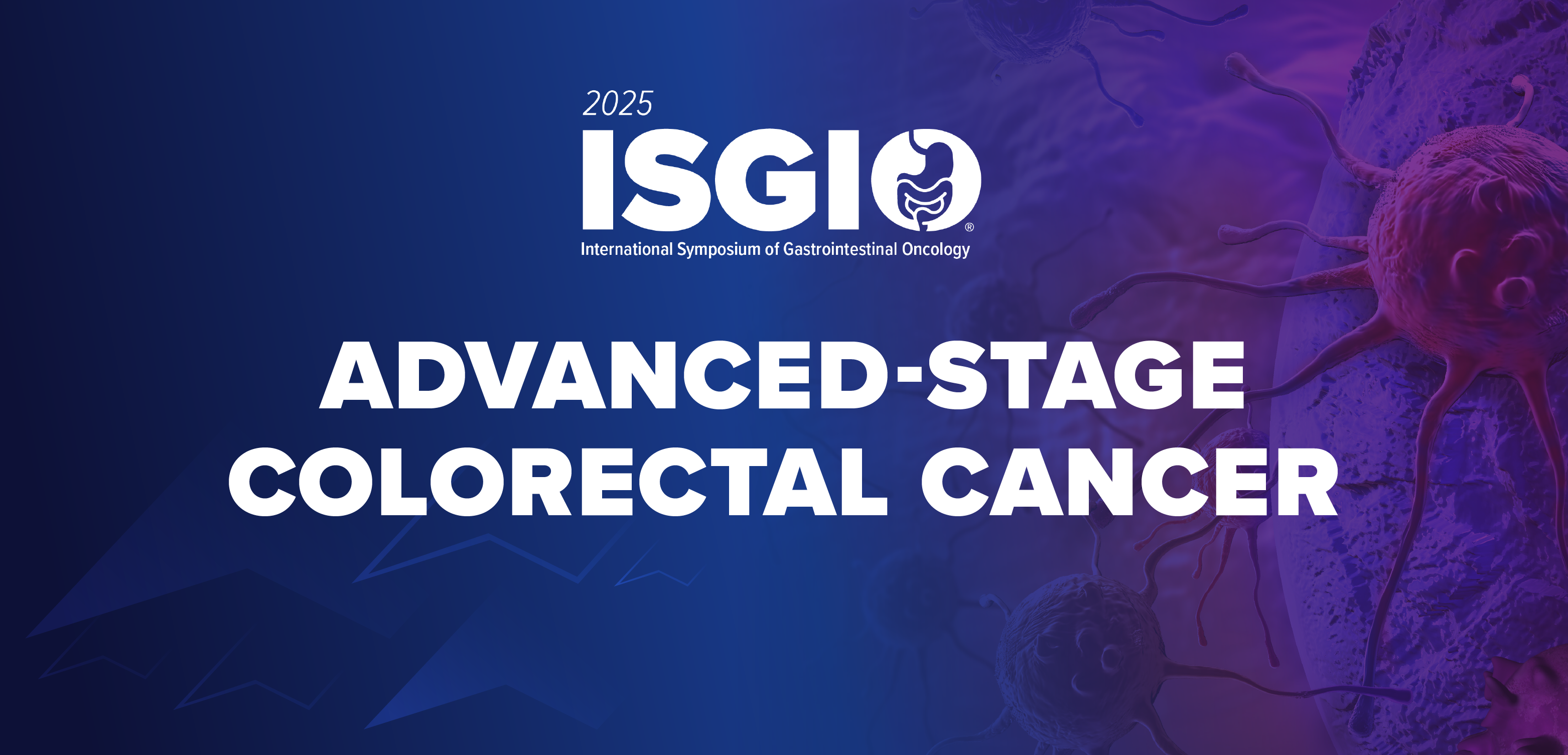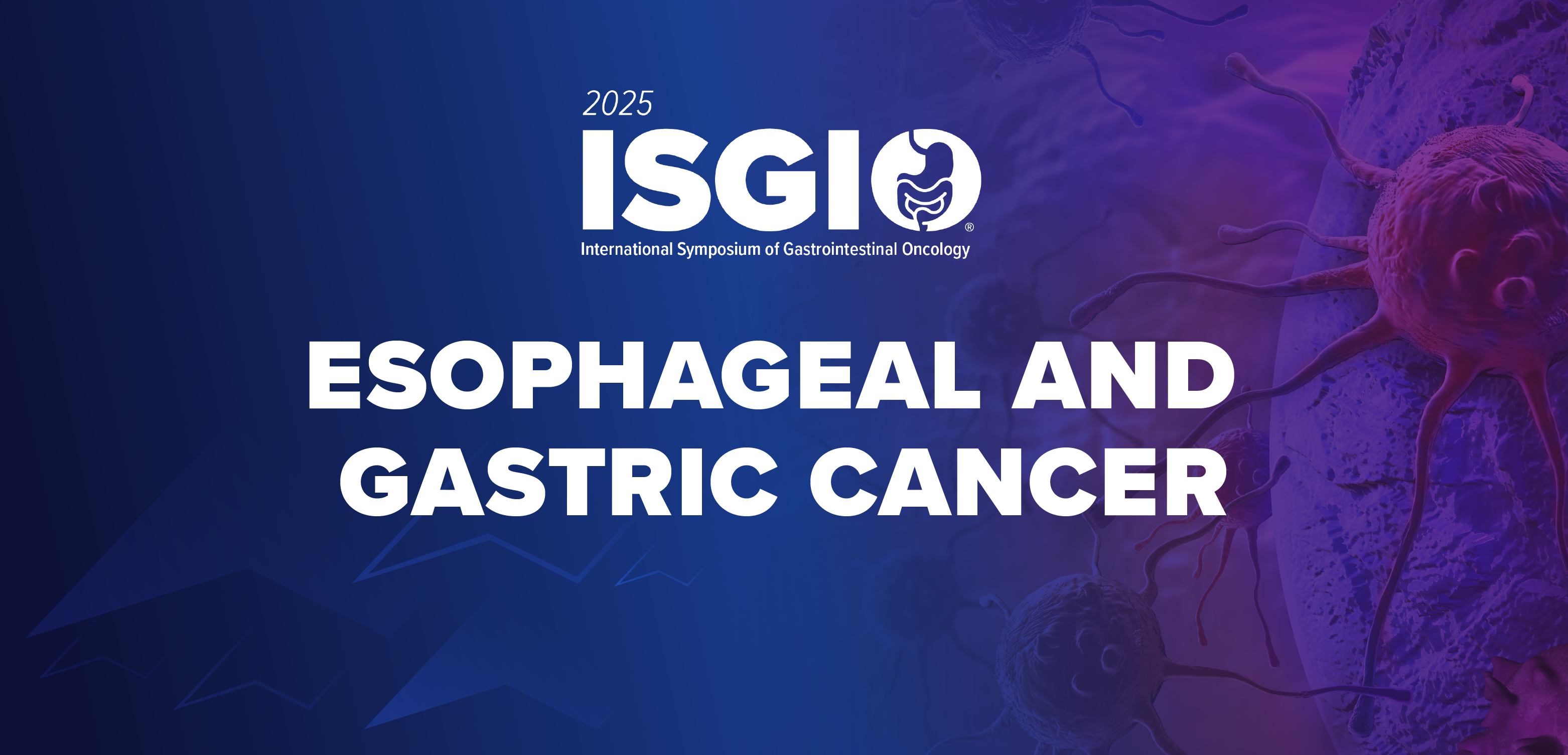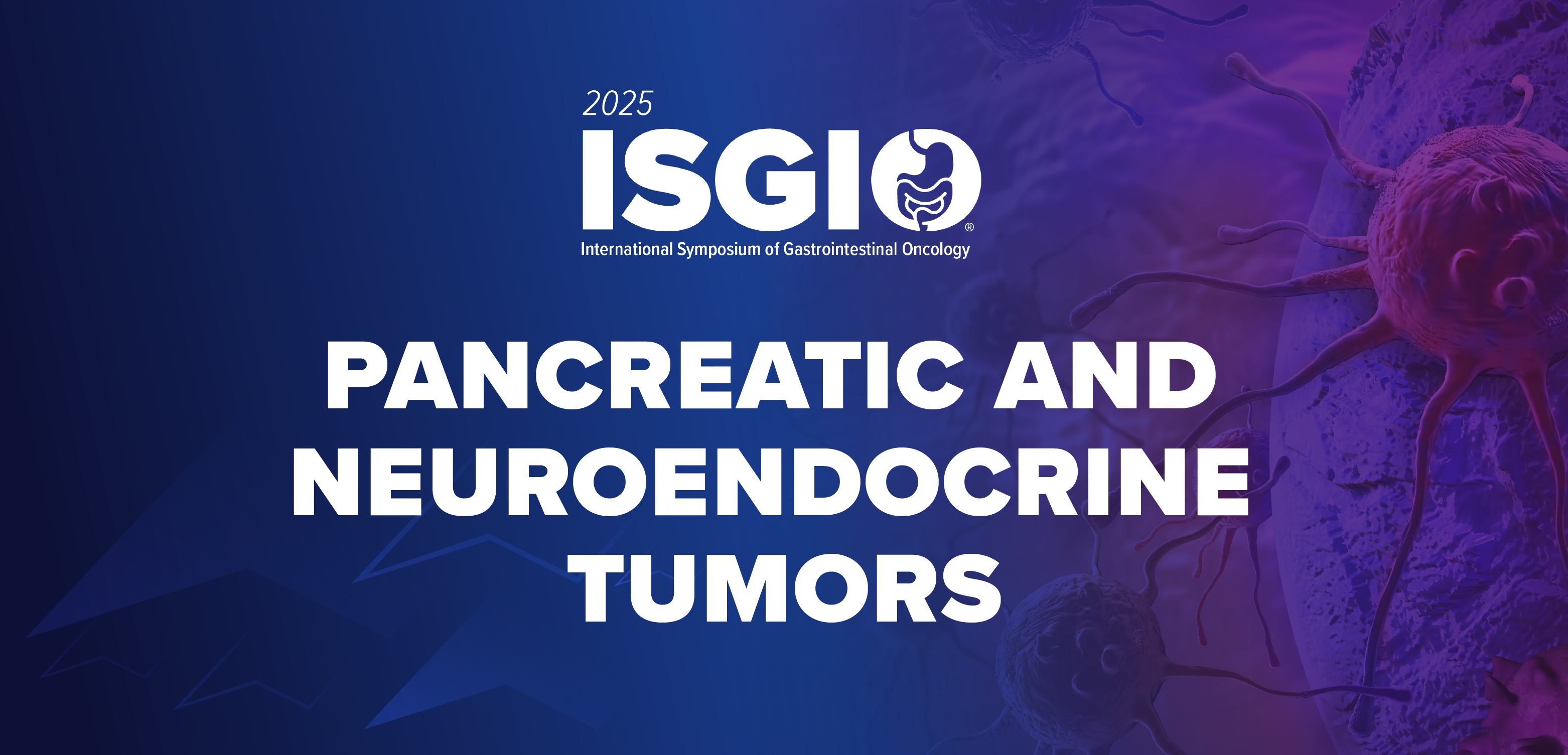
How Should Practitioners Test for the Colistin-Resistant mcr-1 Gene?
Prof. Andrea Endimiani, MD, PhD, from the Institute of Infectious Diseases at the University of Bern, Switzerland, discusses how practitioners should test for colistin-resistant pathogens.
Prof. Andrea Endimiani, MD, PhD, from the Institute of Infectious Diseases at the University of Bern, Switzerland, discusses how practitioners should test for colistin-resistant pathogens.
Interview Transcript (slightly modified for readability)
“We have to distinguish two situations, infection, and colonization. In the case of [an] infection, we are able to detect these mechanisms, or at least we have a suspicion of these mcr-1 mechanism of resistance, because when we detect an isolate, an Escherichia coli [or] a Klebsiella in the clinical laboratory, we preform the antibiotic susceptibility test, and usually we [also] test [for] colistin [resistance], so we can see that the bacteria are resistant to colistin.
A major problem is the second situation, when the patients are only colonized at [the] intestinal level. Since we don’t have a lot of these bacteria [at] the intestinal level, there is a tiny quantity, we need to use [specific] systems to detect them. We can use culture-systems, selective plates that contain colistin to see if [the bacteria] grow in the plates, and then we can [molecularly characterize] them. [As an alternative mechanism of detection], we can [test] the stools of patients, through a rectal swab, with molecular tests. For example, [we can use] real-time PCR that is already described in the literature, to detect the mcr-1 gene. [It is] very [probable that] the performance of the real-time PCR is a little bit better than the culture approach.”
Newsletter
Stay ahead of emerging infectious disease threats with expert insights and breaking research. Subscribe now to get updates delivered straight to your inbox.





























































































































































































































































































































